Regional Work and Organisational Resilience Sturt Group
Discovering the benefits of community connections for resilience and disaster preparedness
This research supports United Nations Sustainable Development Goals:
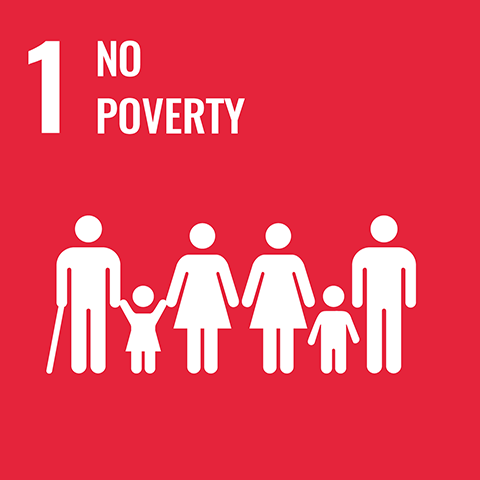
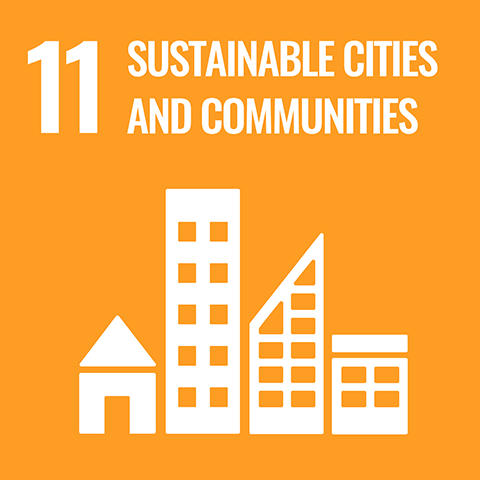
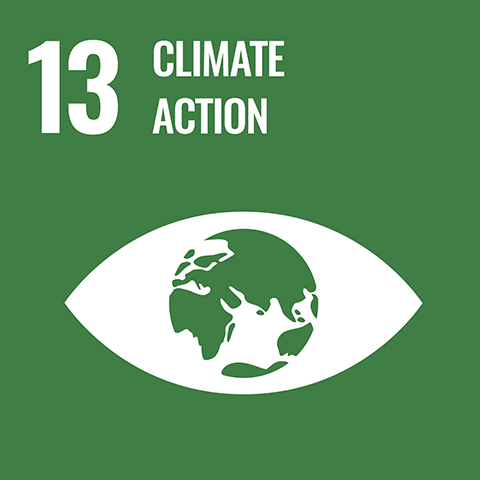
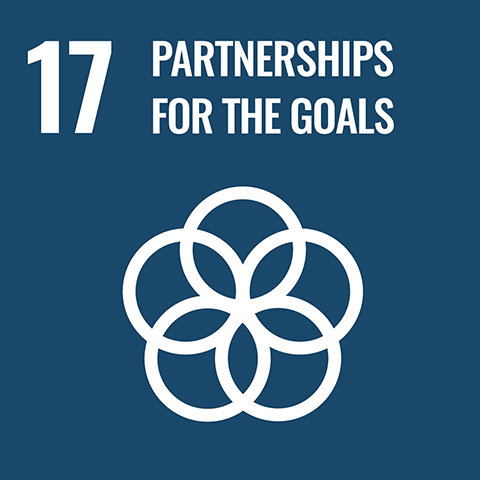
Valerie Ingham and Sarah Redshaw have been working with the Blue Mountains community to research community connections and document experiences since the catastrophic 2013 bushfires. Key insights include the benefits of connecting organisations such as emergency services, councils and neighbourhood centres.
The Government spends $560 million per year on recovery, but only around $50 million per year on building disaster resilience. A well-targeted investment in resilience could reduce spending on recovery by as much as $10 for every $1 invested.
-2016 CSIRO report
Sirens and flashing lights? Multiple emergency vehicles and people trained to deal with the disaster? It’s everyone's responsibility to be ready for emergencies, not just for those working in emergency services. But communities are made up of people with varying capabilities to take responsibility when disaster strikes. How do we improve resilience and disaster preparedness for everyone in the community?
Typically, community service organisations which serve vulnerable sections of the community by supporting them to build day-to-day resilience, are not involved in disaster management. Valerie Ingham and Sarah Redshaw have been researching the experience in the Blue Mountains following the 2013 bushfires. They found connecting community organisations and emergency services improves disaster preparedness and community resilience.
The success of the Blue Mountains experience in community services and emergency services partnering to plan and build emergency preparedness and resilience has been seen in the impacts from action research and has been documented for the benefit of other communities.
It’s been incredibly important … to frame for more vulnerable people how they can take responsibility and assist themselves in terms of their preparedness and resilience.
– Kath Harrison, CEO, KNC
Natural disasters and emergency situations can have an enormous affect on people and communities.
Charles Sturt University researchers Valerie Ingham and Sarah Redshaw worked with the Blue Mountains community on two projects examining community resilience and preparedness in the context of disaster.
This was a general inquiry into resilience and vulnerability within the Blue Mountains community, which experienced catastrophic bushfires in October 2013. Research participants offered their experiences of the bushfires. The findings revealed a generally well-connected community, with pockets of people more susceptible to risk in times of disaster.
Funded by a Katoomba Neighbourhood Centre grant, Charles Sturt University evaluated three fire awareness programs as they were rolled out in various communities across the Blue Mountains.
In the wake of the 2013 bushfires, these programs aimed to help households better prepare for emergencies, as well as help communities build resilience and better support at-risk people.
The research results suggested all three programs, delivered in sequence, would work better to build resilience and preparedness for disaster than relying on just one blended program.
including an 11% increase in people having a written plan to deal with an emergency;
a 19% increase in people actually practising their fire and/or emergency plan;
a 17% increase in people having an emergency kit accessible; and
14% more people had made contact with their neighbours.
There are a number of community organisations interested in partnering with Charles Sturt University again to extend the research. They have already expressed willingness to collaborate and contribute funding to look at the role of community centres and neighbourhood centres in the context of disaster
beyond the Blue Mountains.
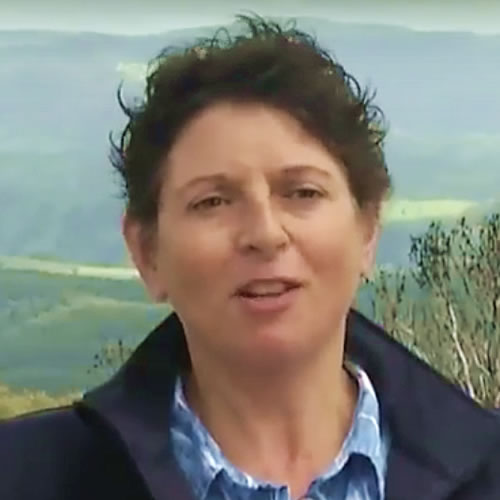
Associate Professor Valerie Ingham has a strong research interest in the education of firefighters, with a special focus on time-pressured decision making. Her research interests include the tertiary education of Emergency Managers.
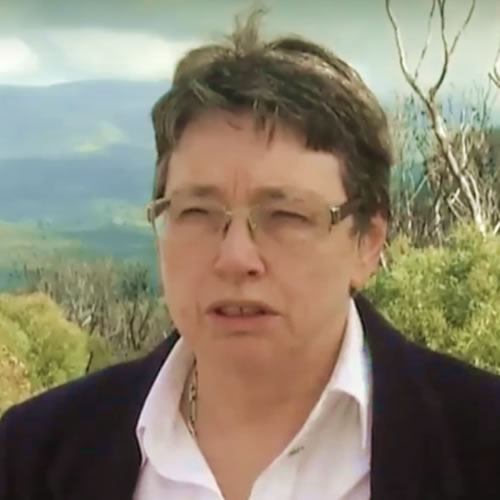
Dr Sarah Redshaw has worked in social research for over 15 years, including a number of health related projects. For the past two years, she has been a Research Fellow in the Faculty of Arts and Education at Charles Sturt and works with Dr Valerie Ingham also at Charles Sturt on research related to emergency services and community resilience.
Funded equally by Charles Sturt University, Blue Mountains City Council, Katoomba Neighbourhood Centre Inc., and Springwood Neighbourhood Centre Cooperative Ltd.
Funded by the NSW Ministry of Police & Emergency Services' Community Resilience Innovation Program. Collaborators from all of these organisations, as well as other emergency services, community organisations and council contributed to this program.
The Blue Mountains’ success story is seen in their continued work to build a resilient, well-connected community. And these insights and collaborative approach are spreading to other communities.